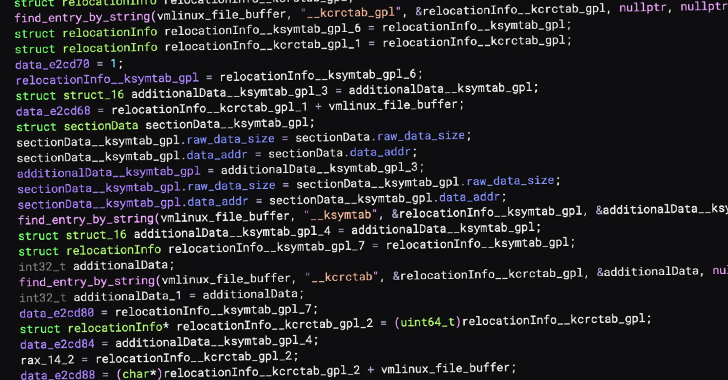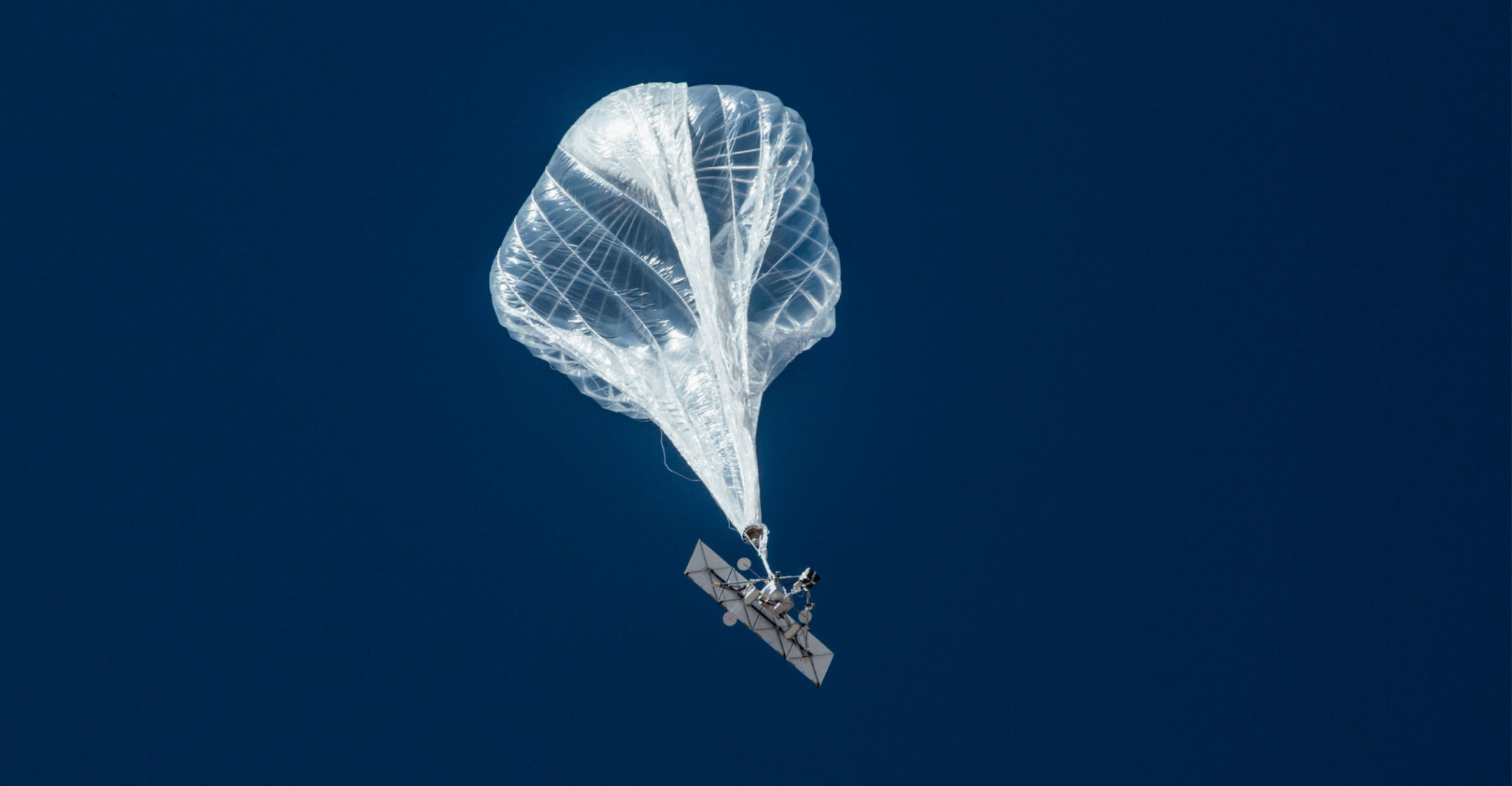
INTERNET EXPOSED GNSS, RECIVERS POSE THREAT GLOBALLY IN 2024
Global Navigation Satellite Systems (GNSS) are used across numerous industries for positioning, navigation, and timing. However, these systems are susceptible to several attack vectors, including jamming, spoofing, and cyberattacks. In 2023, hacktivist groups exploited vulnerabilities in internet-exposed GNSS receivers, demonstrating the potential for serious damage. Despite some mitigation efforts, research in 2024 shows thousands of…


